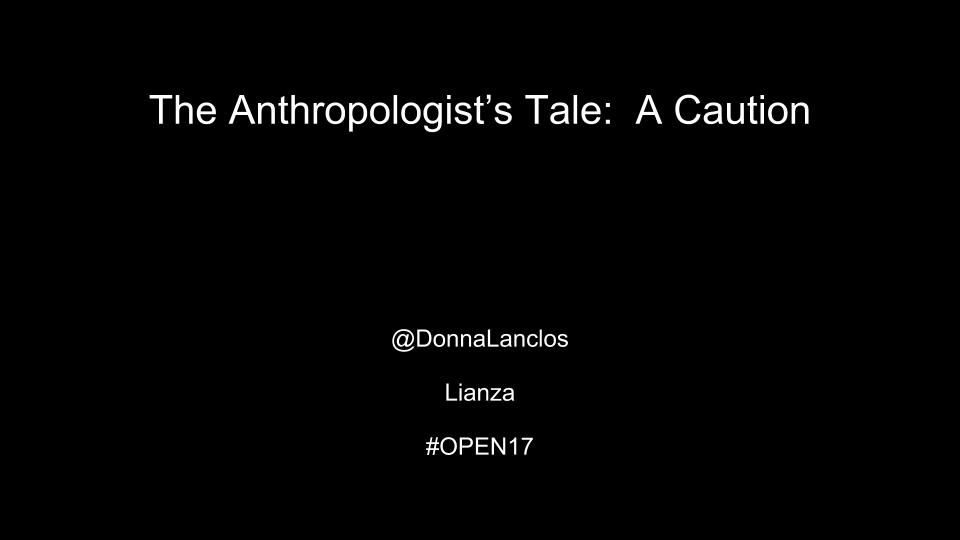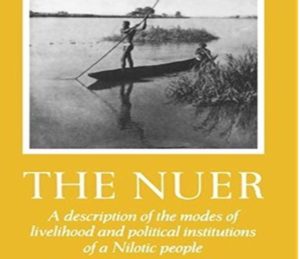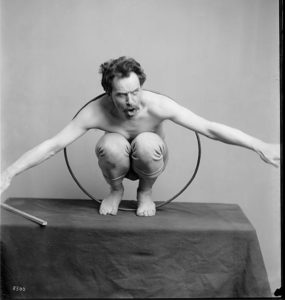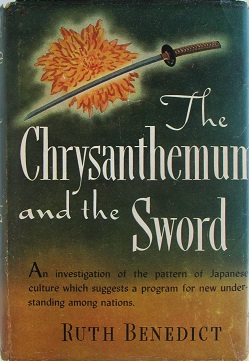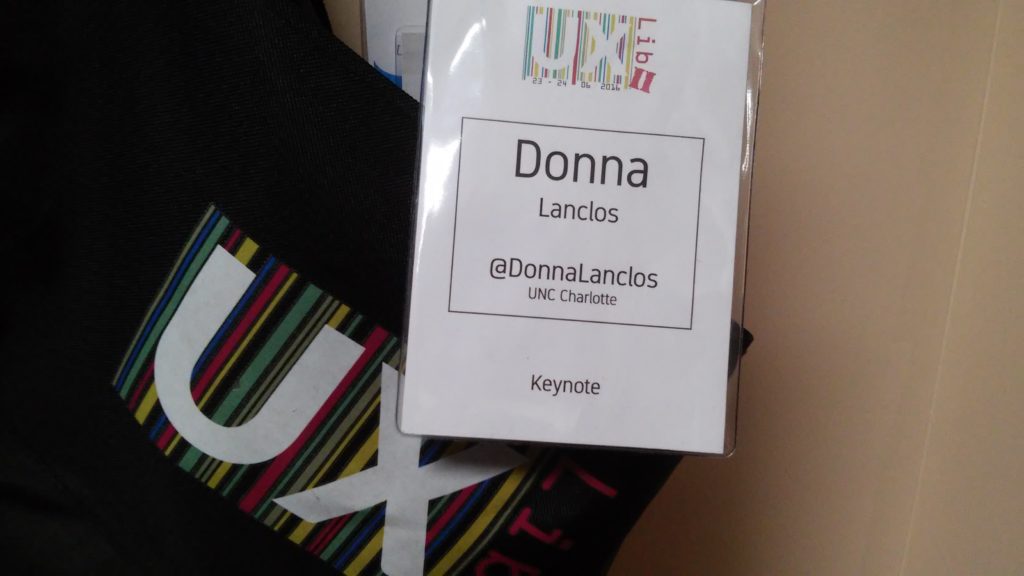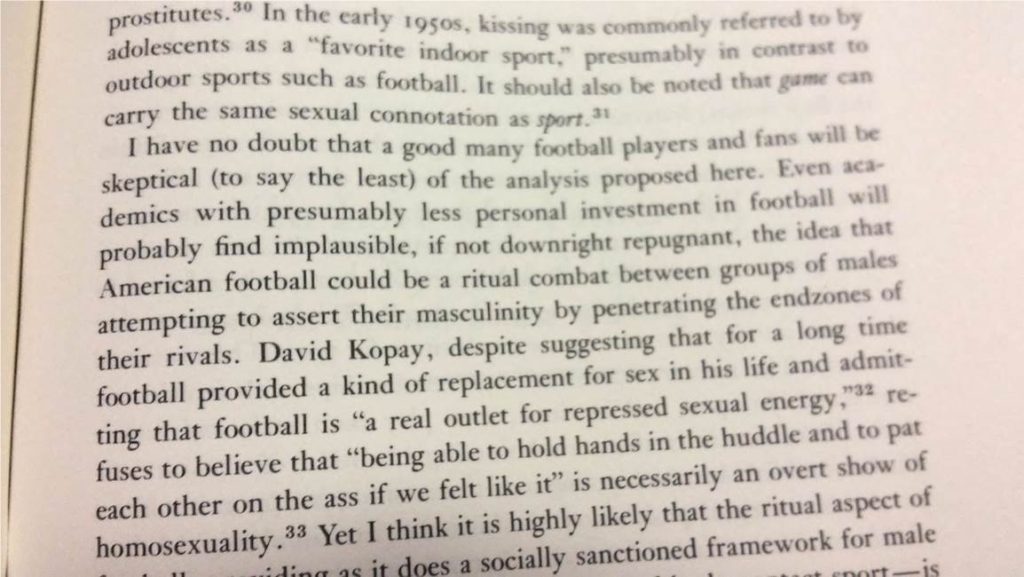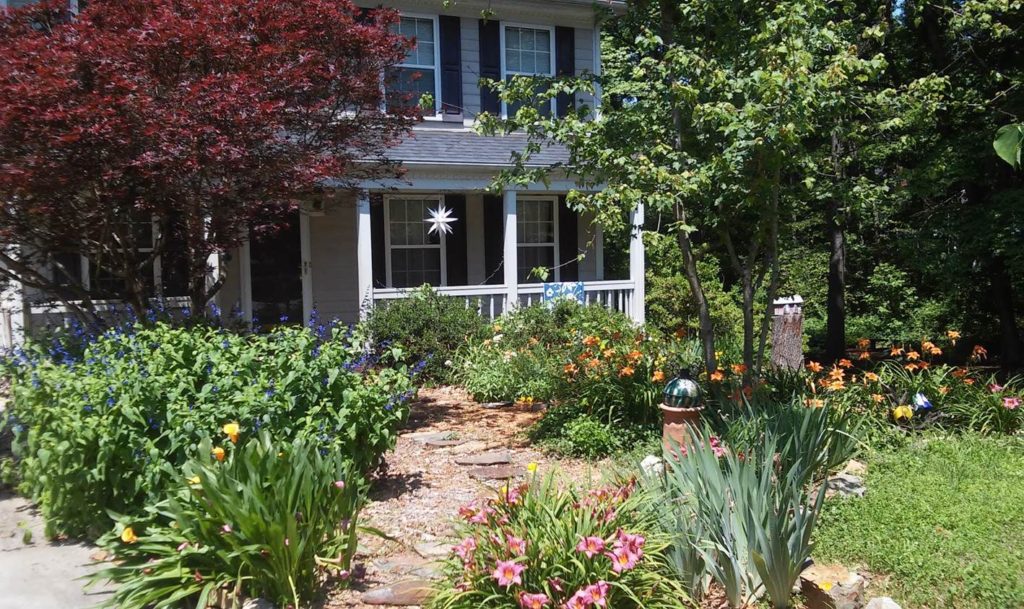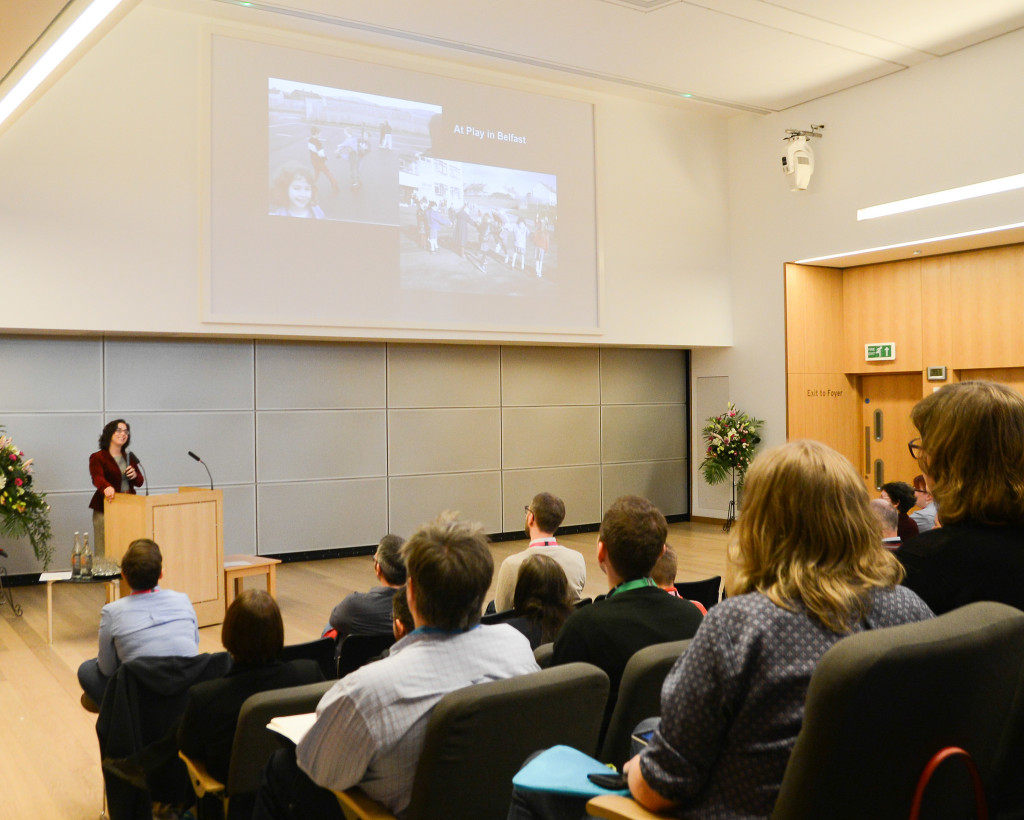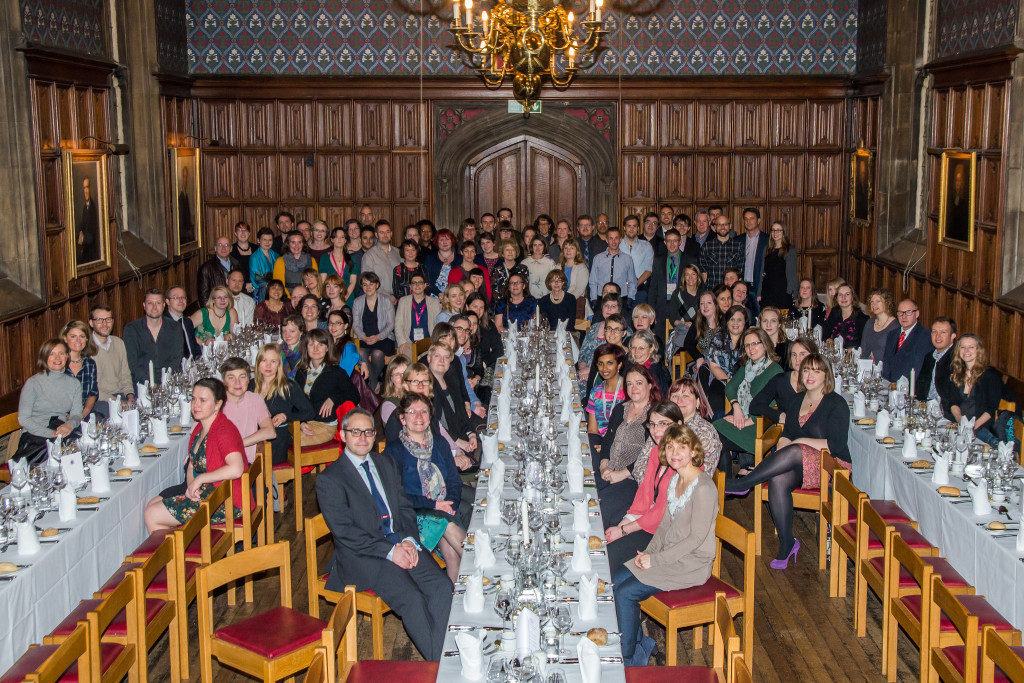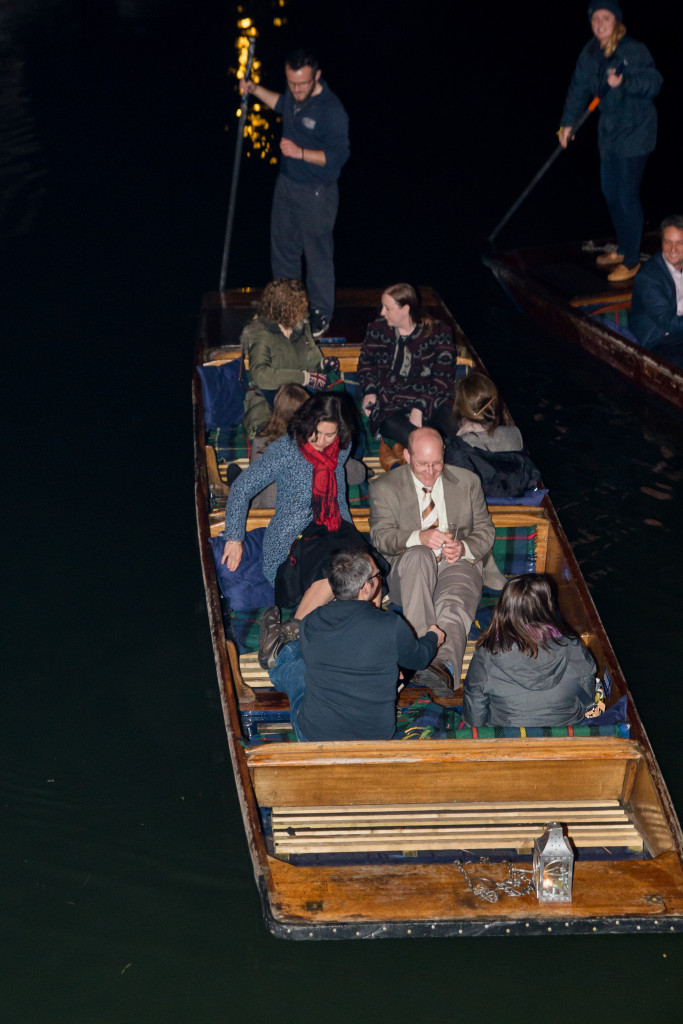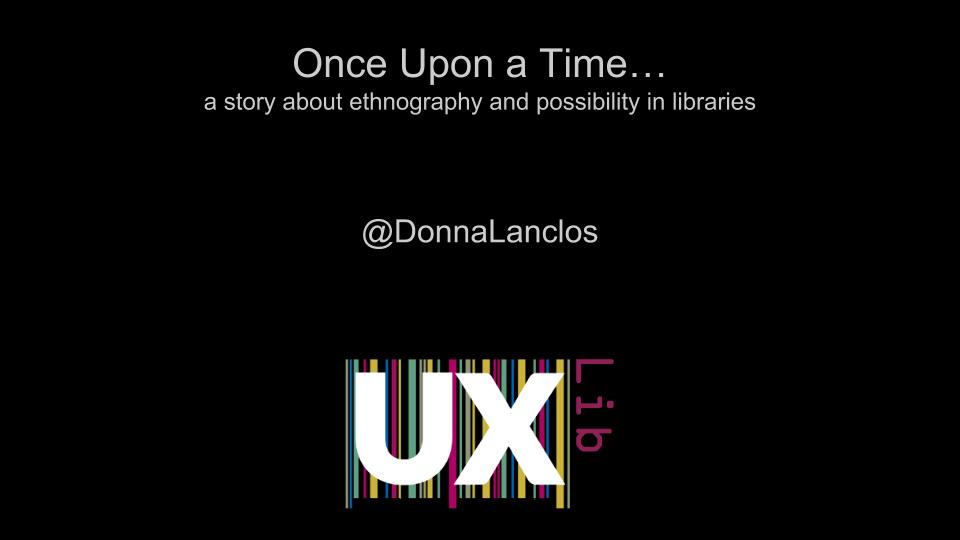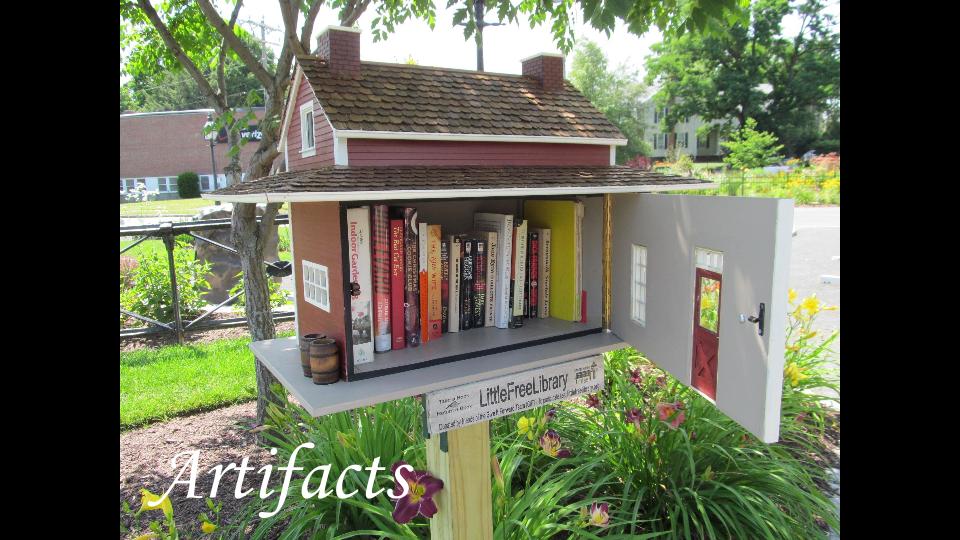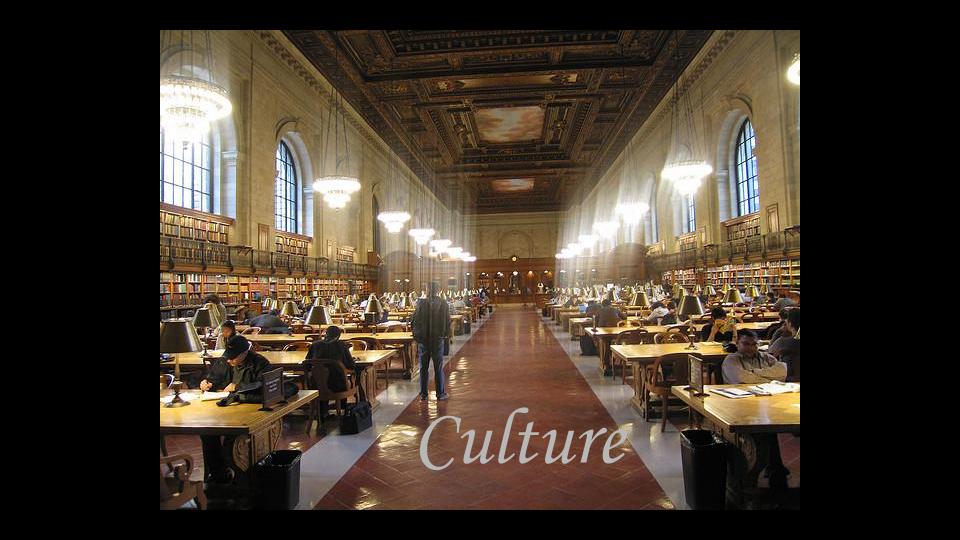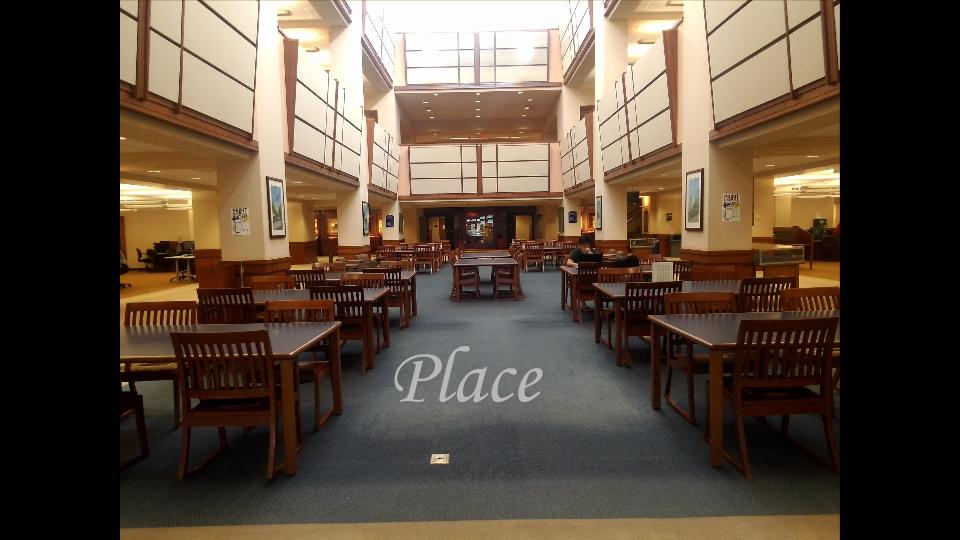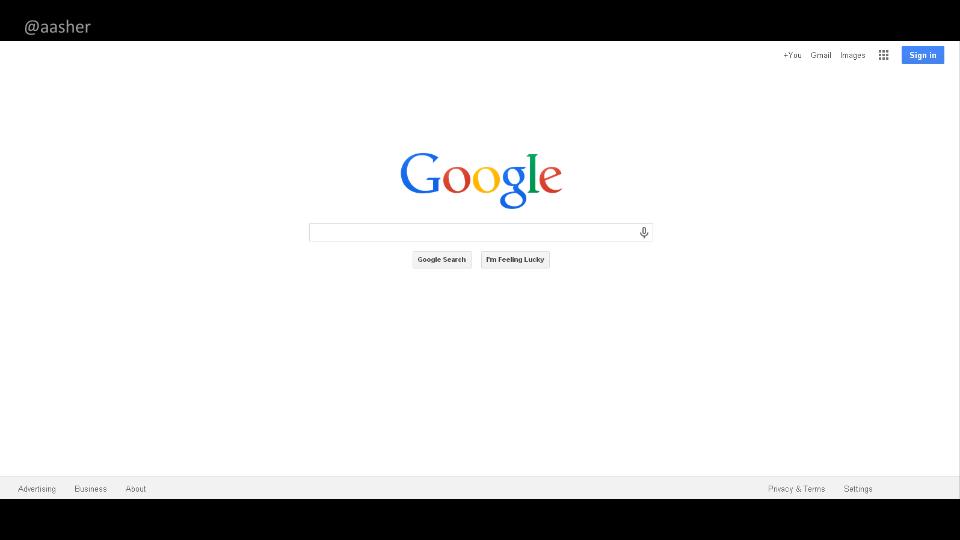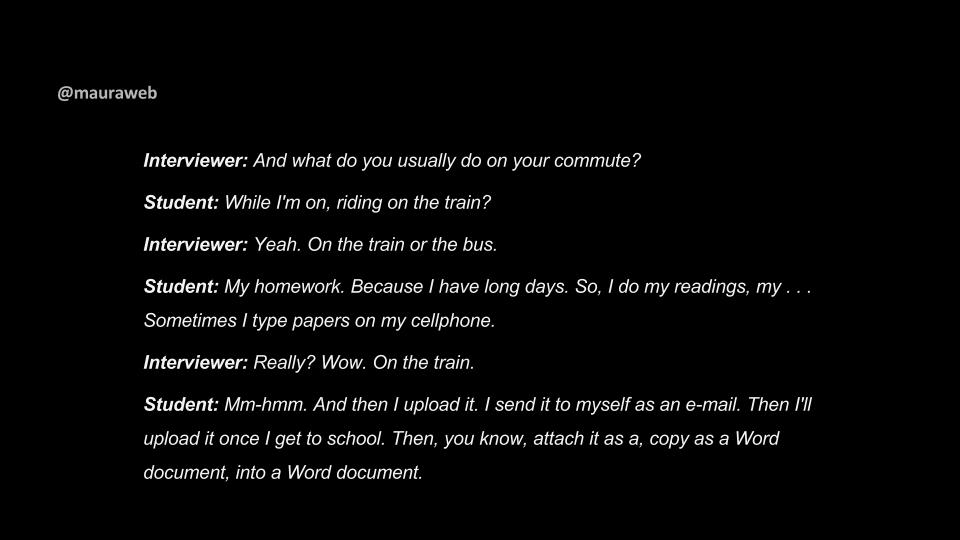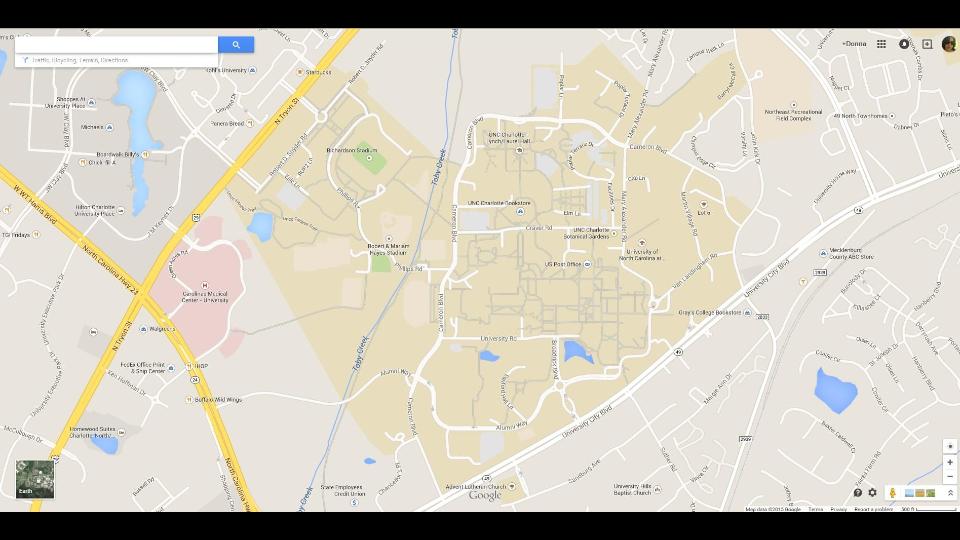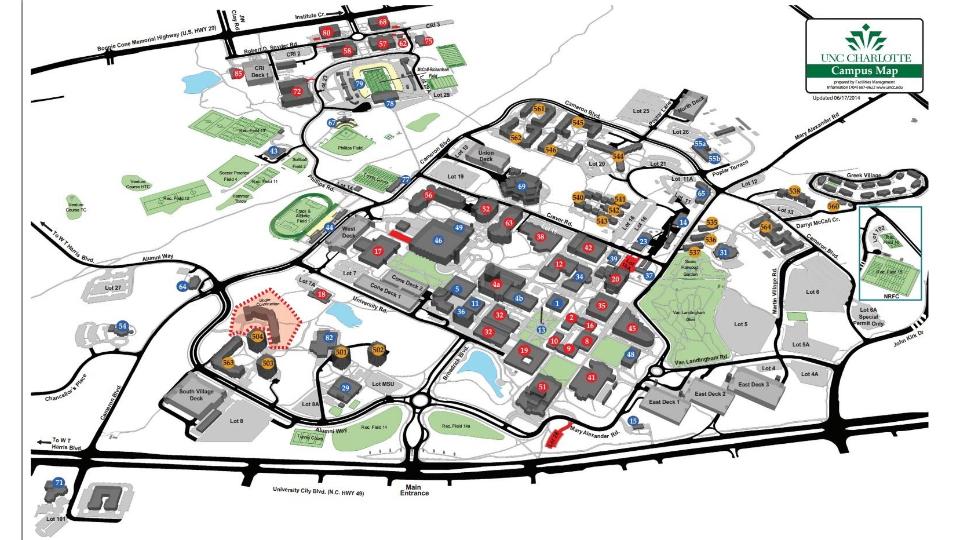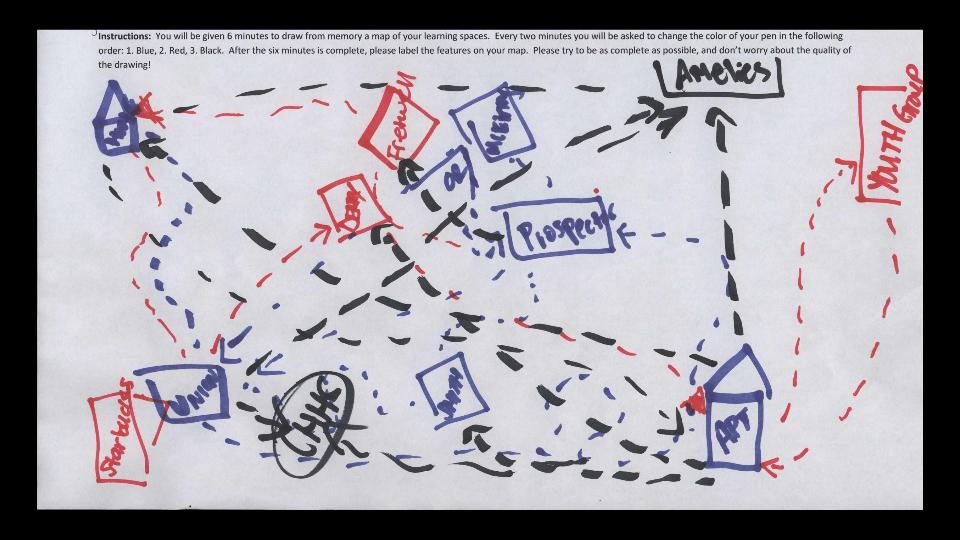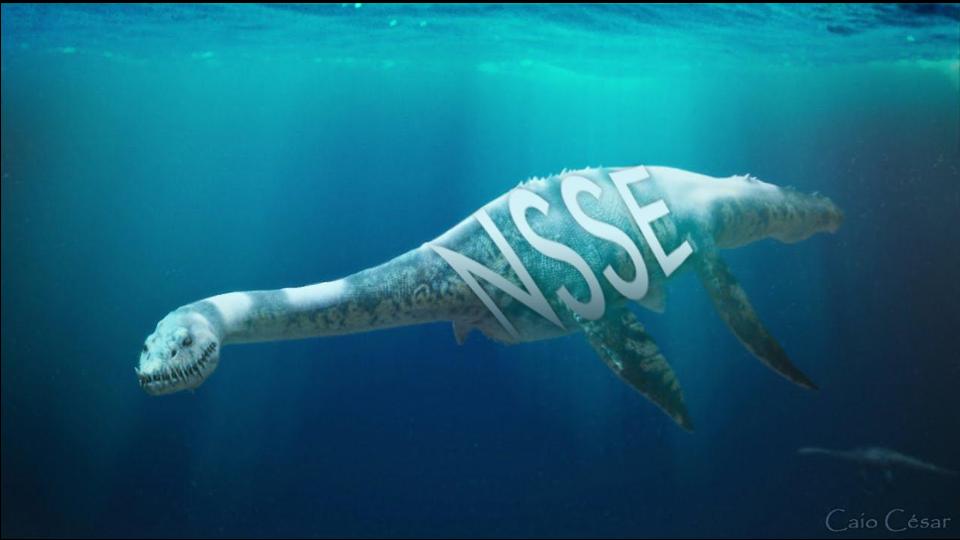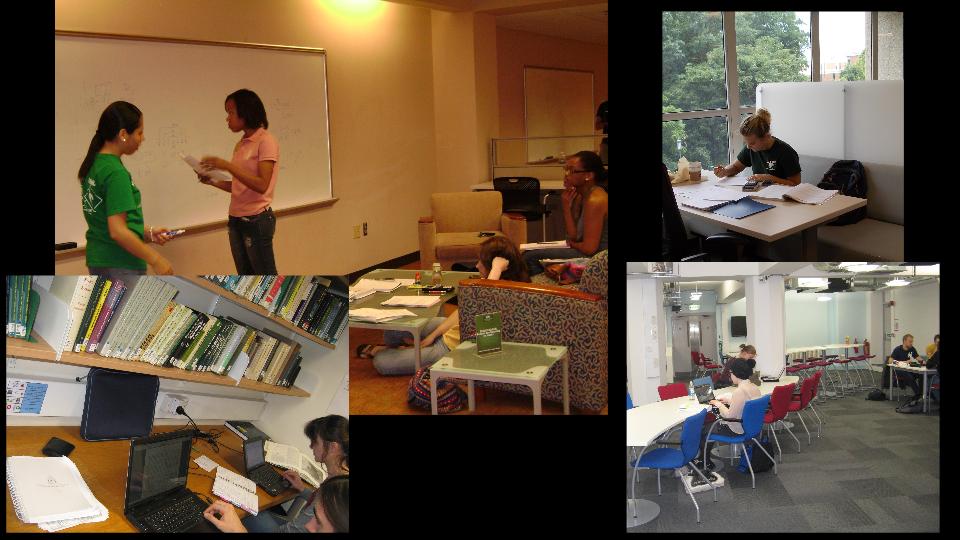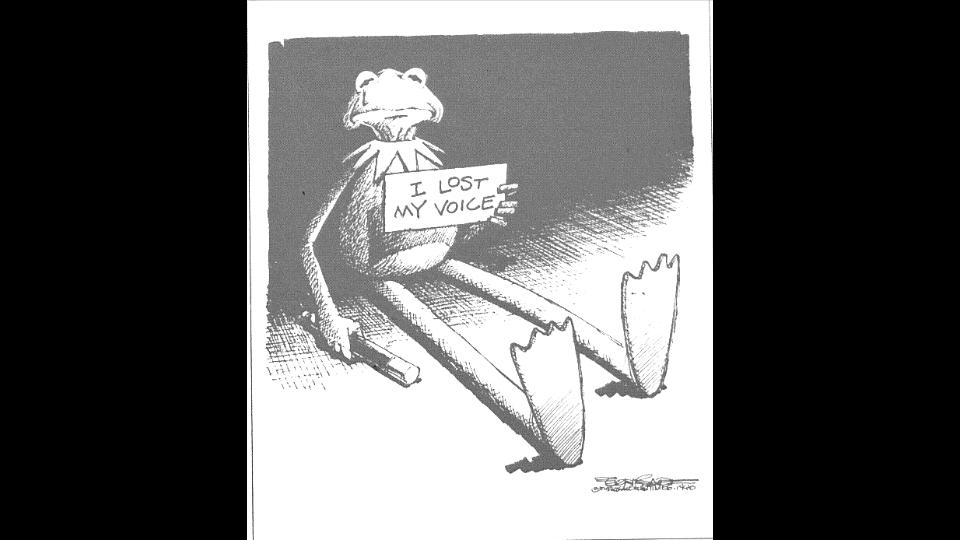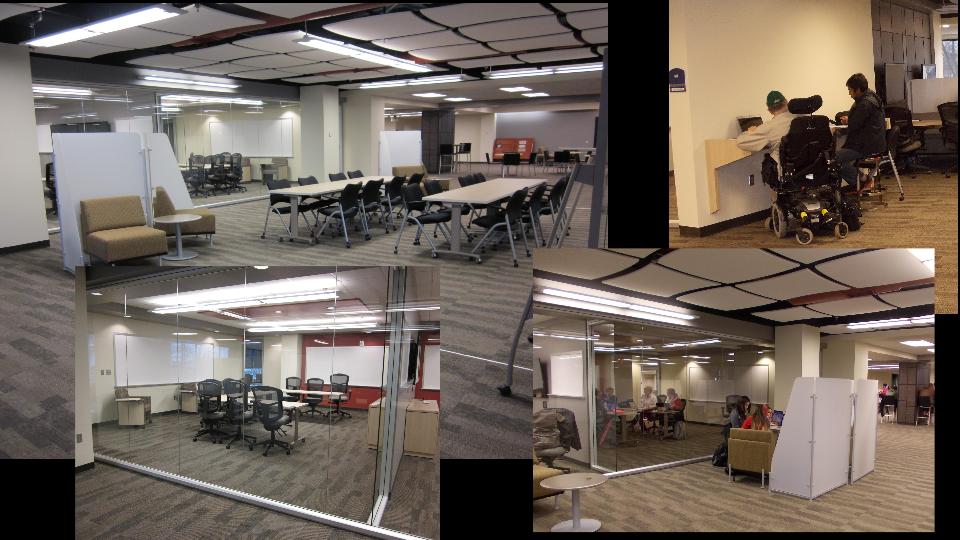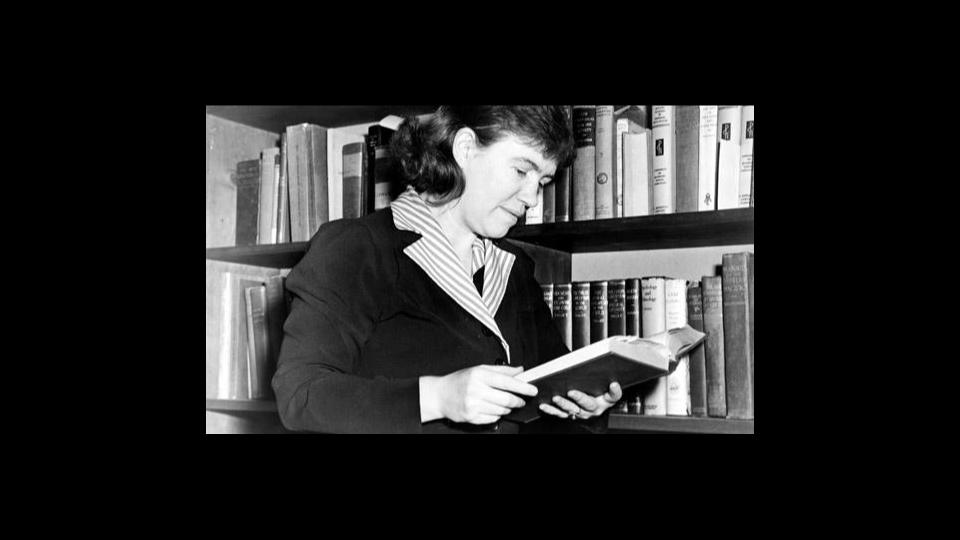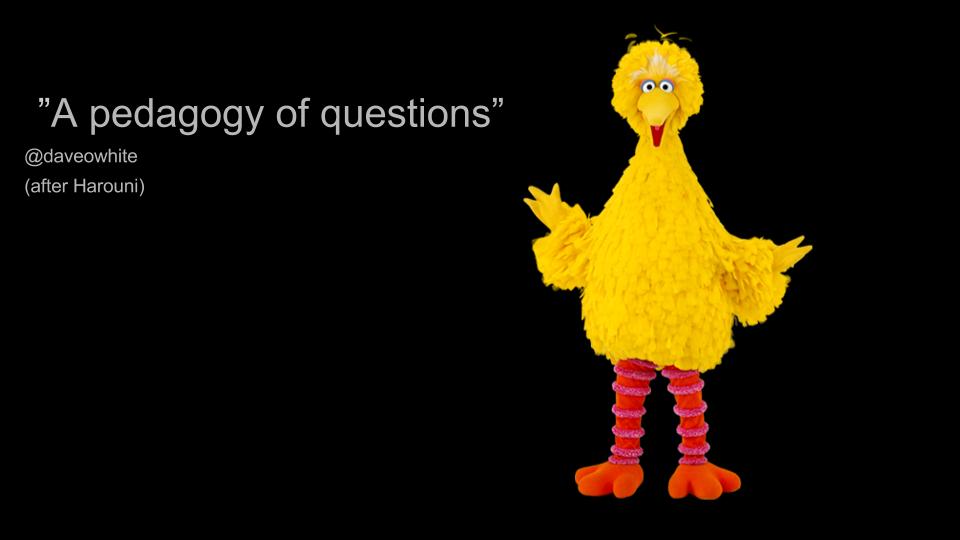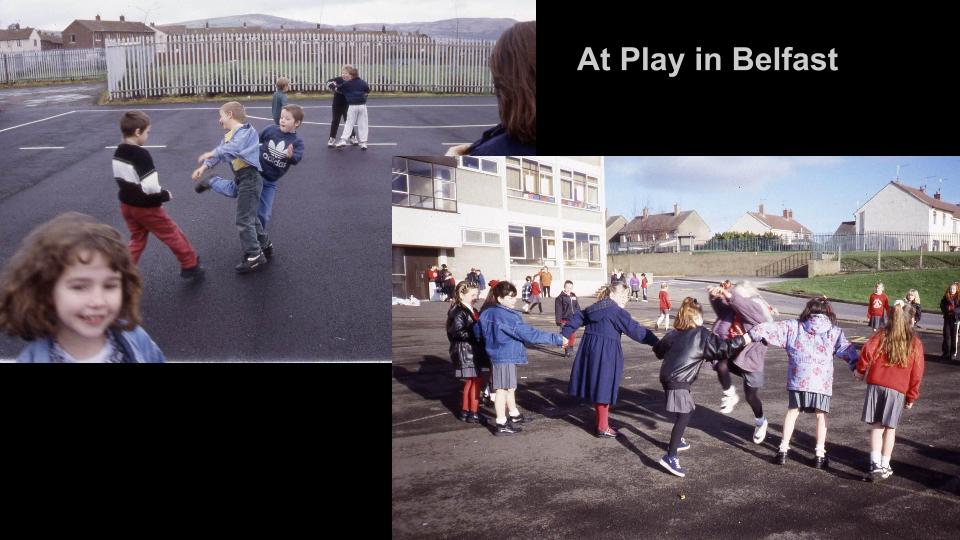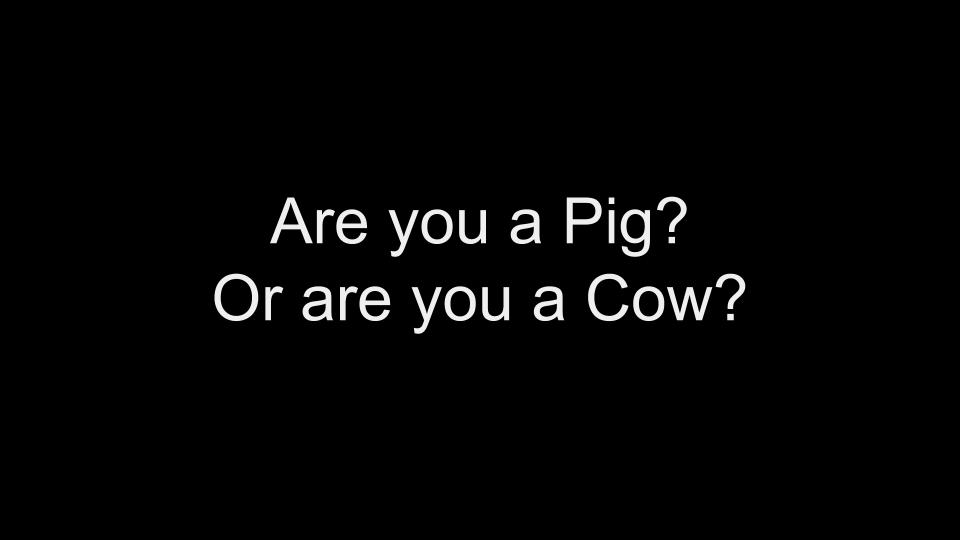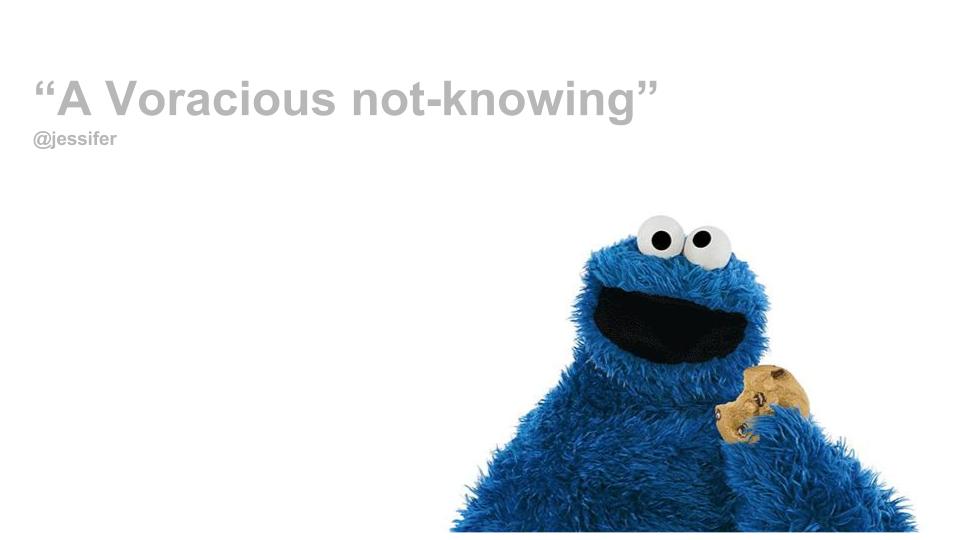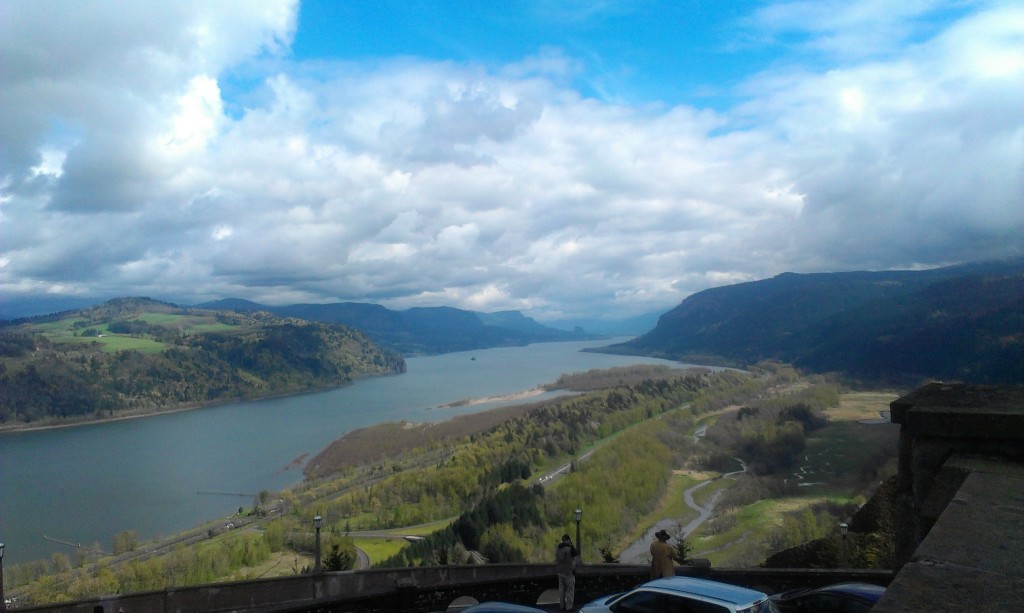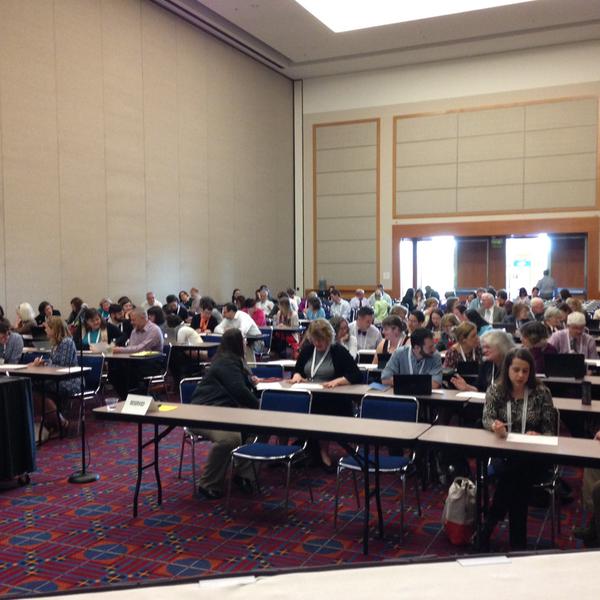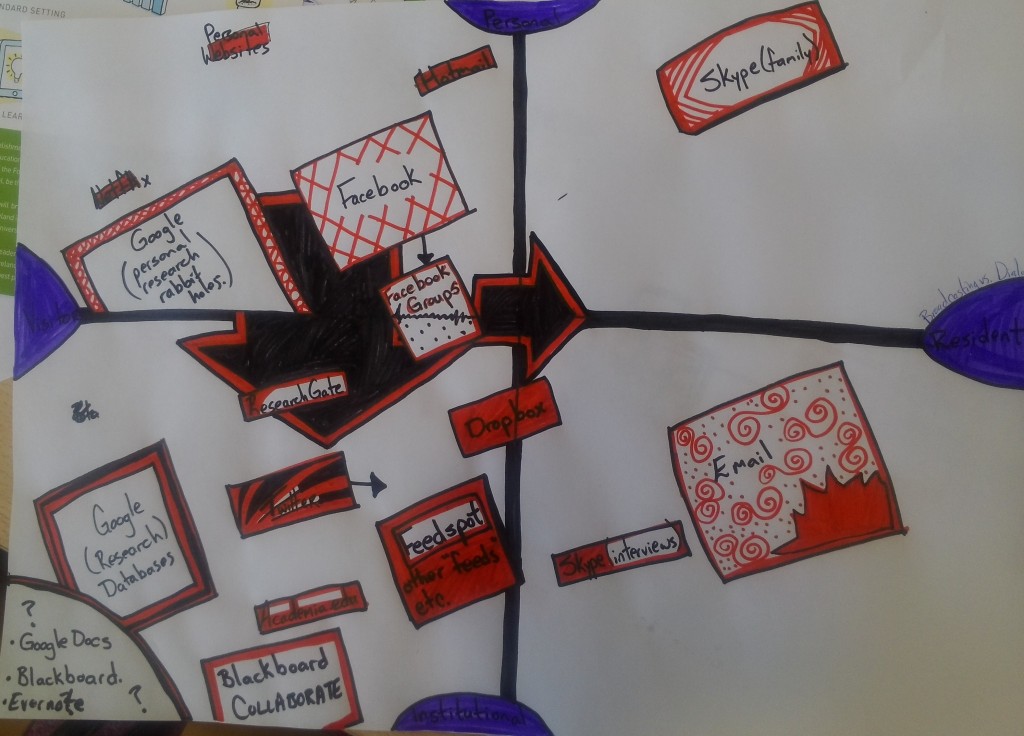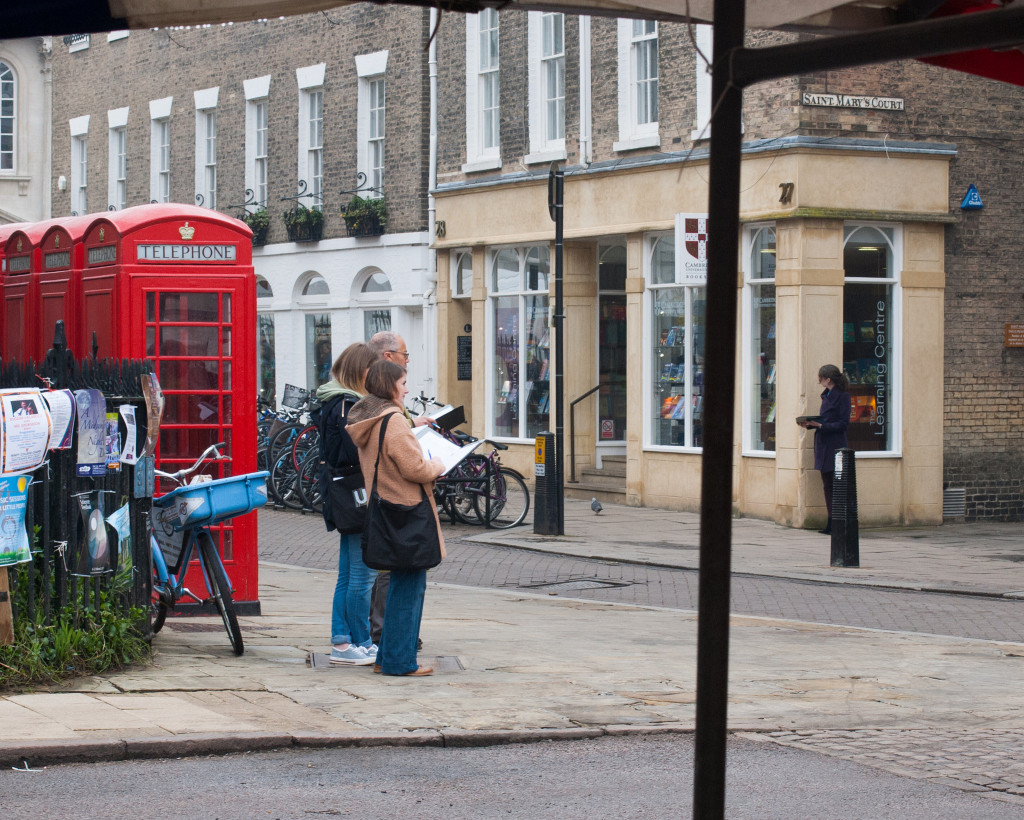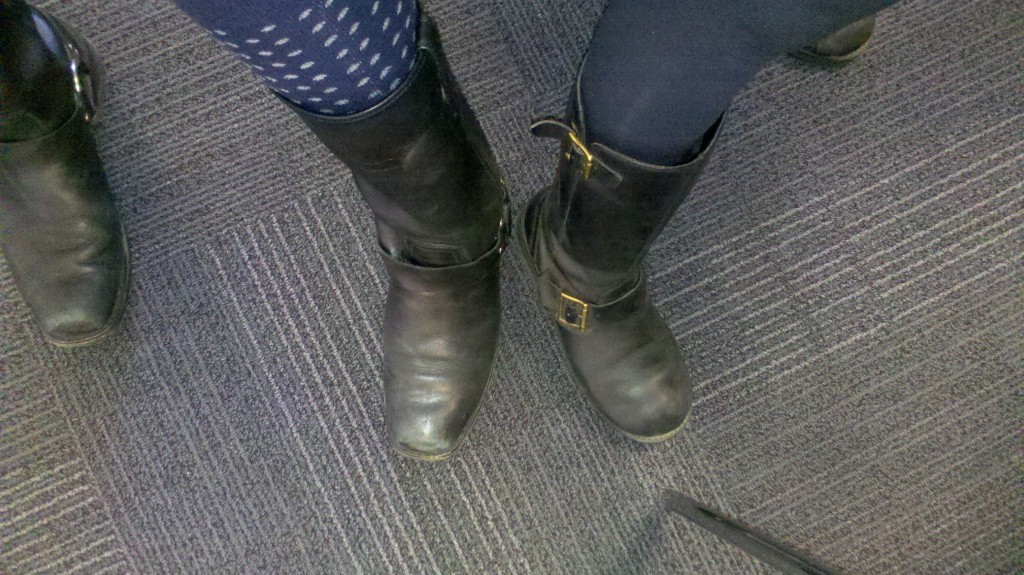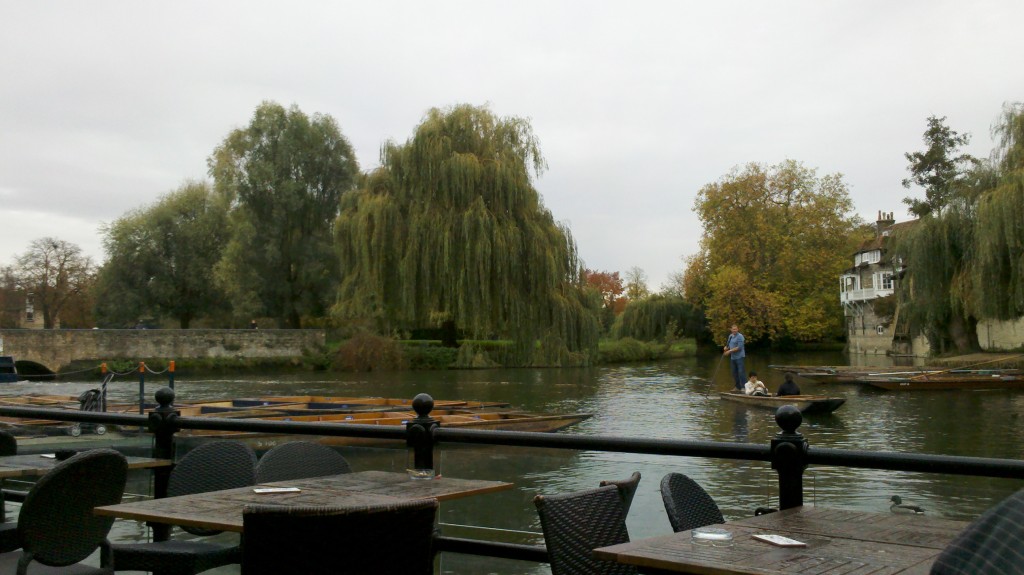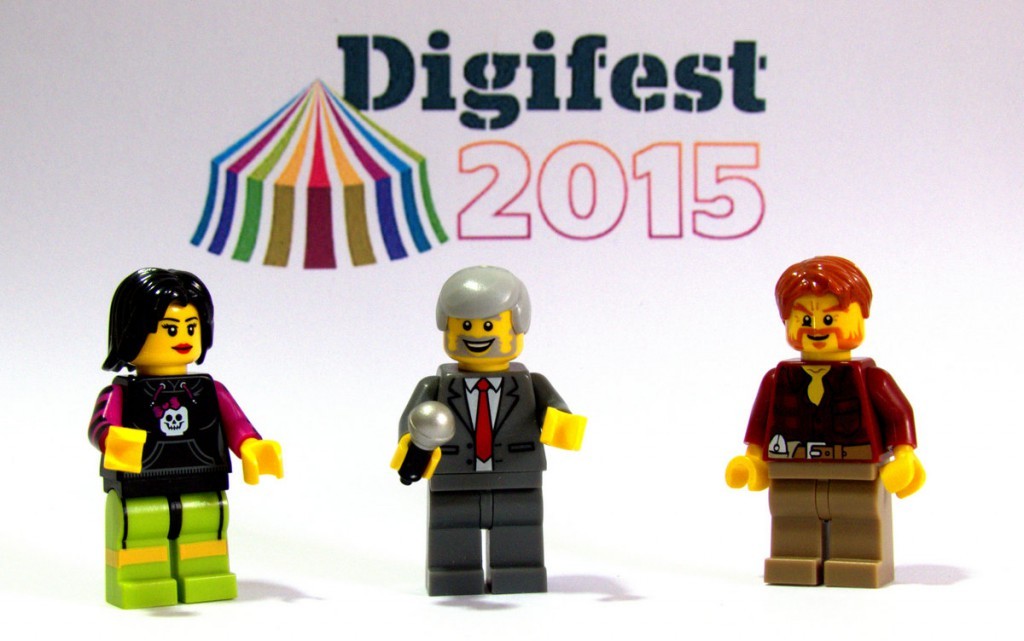Margaret Mead wanted to use anthropology to transform instead of colonize. We should learn from this in all research! @DonnaLanclos #SSLBCRVA pic.twitter.com/3h1NFf6cKs
— nina exner (@Z669_E9) August 8, 2018
Me n my buddy Dr. Mead. Thank you to Nina Exner for permission to use her tweet as a header for this post
Last week I had the great pleasure of speaking to a roomful of enthusiastic folks wanting to learn more about social science, social science methods, and social scientists so that they would work more effectively for and with them. Sojourna Cunningham and her colleagues Sam Guss and Ryan Brazell organized this event, and I thank them, and in particular Sojourna for thinking of and inviting me to speak.
It was my first time in Richmond, VA, and also the first talk I gave after spending a year in the UK. I wanted to acknowledge (as did conference organizers) that the event was taking place on the ancestral and unceded territory of the Arrohattoc, Monacan, and Powhatan peoples. It also felt important to remind myself and attendees that Richmond, even before it was the capital of the Confederacy was, along with New Orleans, one of the primary hubs for the domestic trade in enslaved people. The current construction of the new stadium has literally dug up more of this history, this time the sites of slave jails in Shockoe Bottom, in stark contrast to the monuments to the Confederacy on Monument avenue.
As my talk concerned place, and the meaning of “place” I wanted us too to keep in mind where we were, and the colonial and pre-colonial history of this specific place.
As it was also less than 2 weeks ago that I arrived back in the US from living abroad, place and the meaning of place was much on my mind, as I transition (still) back to living in the US again.
* links and allusions herein to works or thoughts of people who make me think, including Fobazi Ettarh, April Hathcock, Chris Bourg, Maura Smale, Emily Drabinksi, Audrey Watters, Andrew Preater, Simon Barron, Binni Brynholf, and Ian Clark *
I was asked to talk to this crowd because I am a social scientist who also works in libraries. So, I started my talk telling the story (again) of how I ended up in libraries in the first place. While elsewhere I have discussed the content of my work, I wanted here to point to the structural position of myself in the organization into which I was hired. I was hired, in 2009, into a library faculty position, without really understanding what that meant in my particular institution.
I was surprised by a couple of things. First, the organizational culture was much more managerial, much more, in terms of organizational charts, what I consider to be “private sector,” in part because of my personal history as an academic who went straight from undergrad to grad school to adjuncting to my job in the library with very few other workplace cultures (unless you want to count lifeguarding in high school) along the way.
Second I was caught off guard (though I should not have been) by the precarity of faculty status among library faculty in my institution. Tenure lines were removed from library faculty at UNC Charlotte in 2003 (they were grandfathered in for those who already had tenure), and while that initially alarmed some “regular” faculty, who thought they might be next to experience the loss of tenure (thus far, they have not been) there was no successful fight for library faculty to retain tenure. I also saw a tension between the 9-5 operational notion of a job and the flexible, not necessarily library-centered work that emerges from faculty.
Was I faculty? I was “library faculty”
And the question of whether or not I was faculty was tied up in a narrative I inherited from grad school, the one that says that once you get a PhD then you should go for a faculty position, full time, tenure track.
Since I have been an undergraduate I have been hearing about all of these people who are going to retire, and make room for those of us coming up to get “good jobs.” (that is: jobs that our professors recognized as being “good jobs” AKA tenure-track) We all know what actually happened–the market is flooded with people who have degrees, but the jobs that used to be tenure-track were not replaced. We are now met with a vast array of part time, non-TT positions, thanks to the defunding of university systems nationwide. The part-time-ification of university staffing means that even those who are continuing to teach in their subject aren’t necessarily living the assumptions that many of our professors (especially in research-centered institutions) set for us when we were getting our degrees.
So, when I got a job that had a “faculty” label I took it and ran with it.
I wasn’t always in my office
I struggled with the culture of meetings, and in particular the notion that all meetings were perceived as work.
I was confronted with the idea that if I wasn’t in the library, perhaps I wasn’t doing work that was relevant to the library
What I did do was act like an anthropologist. I was not hired into the library to be a librarian, my position was one of an applied practitioner, and I was hired to do research that could inspire and affect policy and practice in the library.
So:
I conducted fieldwork
I reported on the fieldwork.
I also treated the university as my field site, not just the library.
In going about my work, it became apparent that as “library faculty” I had none of the protections of the state staff contract, and none of the flexibility of the tenured or tenure-track faculty contract. None of my colleagues with faculty status in the library did.
But, I also saw that faculty status was cherished. It was talked about as a primary way that we in the library could “get to talk to people” outside of the library (where “people” were faculty members).
Faculty status, however precarious, was our means to getting on campus committees. It was how we qualified to apply for on-campus grants to do research and pedagogical projects.
The ways that faculty status was used at my institution was as an antidote of sorts to the problems of status and inequality between people in the library and academics.
I see that inequality play out in a number of ways; for example, when it becomes clear that while some faculty are happy to invite people from the library to teach their students, they do not necessarily issue the same invitation when they themselves need to learn things.
The faculty status problem also clearly reified inequality within the library, between “staff” and “librarians;” sometimes this is “people without an ML(I)S degree” and “people with an ML(I)S degree” but not always. How can we work together as a team, from out of the library, or even within the library when there are different power dynamics? When not everyone has the license or the flexibility to do some of the work that is on offer, where job descriptions box in what people think they are allowed to do?
I want to think about the “invitation culture” that impacts whether or not people can do particular work– for example, when do you get to do instruction work within departments? Often, it’s when you are invited.
Maura Smale, in response to yet another recent bullshit take on libraries and archives, wrote a column in the ACRL blog where she wonders:
“What is it about librarianship that leads otherwise smart people to assume that expertise is not required for our jobs?”
Not everyone who works in libraries is perceived as valued, and it requires being valued to be invited. The hierarchies of academia facilitate this dismissal of expertise
Library workers are not the only ones who struggle with this. I just finished a research project on teaching practices in higher and further ed in the UK (Lawrie Phipps and I will be talking about our results at the ALT conference this year in Manchester), and it was by no means a given that any particular faculty member we spoke to would talk to people in their Center for Teaching and Learning about pedagogy.
The CTL folks were the people who “run the Moodle,” what would they know about teaching? Their expertise as instructional designers, as pedagogues, was lost in the picture of them as IT folks who do nothing but wrangle systems.
So, too, does the imaginary library, the one in the heads of some faculty and administrators, remain limited to a bucket of content, rather than a hive of myriad expertise to be tapped.
The internet (where I spend entirely too much time) has brought me the phrase “Stay in your Lane.” I think library workers hear that a lot. I heard it, too.
I have been told in some institutional contexts that, if I am working from within the library, I should not directly contact faculty members. The University of California is right now in the middle of telling their librarians that “Academic freedom is not a good fit for your unit.”
“This is your place”–what is the place of the library? What is the place of library workers? Who tells them that? When is it important to listen? When can you ignore that and make your own place?
I want to think here again about what Fobazi Ettarh theorizes as Vocational Awe, “the set of ideas, values, and assumptions librarians have about themselves and the profession that result in beliefs that libraries as institutions are inherently good and sacred, and therefore beyond critique.”
I want to ask what it means in the larger history of a profession that has a history of whiteness, of conventions of “nice” or “professional” that emerge from a particular feminized work, of privilege born of being a profession women could go into because it was “appropriate” and that men could go into to take charge.
Library workers are placed, often involuntarily, in a particular relationship with the rest of the university. People think they know what libraries are capable of. Sometimes (too often) the expectations they have of libraries and library workers are low. If all libraries do is work to satisfy expectations, people in libraries won’t get to do much that’s interesting.
And the weaponization of vocational awe can be linked to the disappearance of expertise, because asking for recognition of expertise gets treated a bit like asking for more money, or opportunities: ”why are you asking for more? Aren’t you just pleased to be doing the work? Why are you asking about that? Why do you want to talk to them? You should be grateful.” I worry a bit when I hear the phrase, “Oh we love the library” because it’s frequently followed by “but we can’t do THAT.” All the nostalgic affection for libraries in the world doesn’t help, and often gets in the way of seeing all that is possible from the people who work there.
When I talk about librarianship I say “profession” advisedly because while the work that happens within libraries can be identified as a set of practices, protocols, and a particular history, I don’t see it necessarily as a discipline in the same way that, say, I see anthropology (this is of course arguable, and I’d love to discuss this with folks who disagree. I think disciplines are interesting, and limiting, and find the desire for a body of work to be a discipline worth thinking around.)
I should also trouble here the word “librarian” because not all people who work in libraries have an ML(I)S degree, or identify as librarians. While in the UK I had conversations with colleagues who work in libraries and they offered the term “library worker,” which I like very much. It signals where, organizationally, the work is happening, but doesn’t make assumptions about degrees held, or expertise. Programmers work in libraries. Historians work in libraries. A sociologist is the head of MIT libraries. Some anthropologists still work in libraries. The library is a container for expertise that isn’t necessarily just librarianship. The people who work in libraries are part of larger networks that may or may not emerge from LIS, or remain embedded in libraries.
Nonetheless, libraries can contain a culture and people who work in libraries can share a worldview, even if they are not always clear what that is, either to themselves, or to others. And there are subcultures–that of academic librarians, that of public librarians, systems folks and people who work in archives (and who may or may not be archivists). The subcultures shape and are shaped by location, both organizationally and professionally–what kind of library are you working within? Is it a library? With whom are you working? For whom? The “culture of libraries” is multiple. And also, I think, malleable. There is room for change.
I want to think too about the culture of academia that produced some of the scholars with whom library workers wish to partner, in social sciences and other disciplines. Academics are socialized in many cases to do their work alone, socialized to be able to do things themselves, and assume that they are supposed to know things. So asking for help can be read as a weakness. Faculty members don’t always collaborate for reasons similar to why some library workers think they need to learn all the things, to do the work they want to do (rather than collaborate with people who know the things they don’t).
When it is hard to change things, it’s worth remembering that there are reasons for it being hard that have nothing to do with how much you are trying. There are structural power imbalances. There are histories of organizational practice. There are habits that are difficult to break.
Social sciences (especially, and I am biased here, anthropology and sociology) are good at helping us see why things are the way they are, and that grounding in What Is the Case can be a prelude to change. I’d argue that it’s difficult to effect change without a good handle on how and why things are the way they are.
I also want to sound a cautionary note on placing too much importance on methodology training to effect change–I don’t want to discourage people from learning new things, far from it. But methodology will not save you from the culture of universities, or libraries.
Events like this one here tell me that you all are not waiting for an invitation. The structure of Social Science Librarian Boot Camps assumes that expertise in addition to library expertise is valued and in many ways assumed to be the norm. To what extent do boot camps and other events that position library workers as peers and partners, create more space to not wait for an invitation? To simply do the work, to invite others, rather than hope to be included?
The distinction between “inviting”/ “being invited” /“engaging in outreach” and “collaborating with” is worth emphasizing. I think the latter is what we should be working towards. I want collaboration to be the goal in many contexts.
That requires a space to have been created by leadership. Who makes it possible for library workers to not have to worry about their “place” about “staying in their lane?” What labor protections are in place, what structural support makes something like this possible? How can people do this work without worrying about losing their job? What don’t you have to worry about, if you feel free to do this work?
The ability to exceed expectations of library work can only really come from collective action, and collaboration. I don’t think it comes from assuming that you who work in libraries have to do all the things. It comes from finding and connecting with people who are doing work you want to connect with, amplify, learn from, and teach to.
Library workers think they don’t have power. You might not have authority, but you have power. You do have agency. This can be your place.
So, what are you going to do next?

